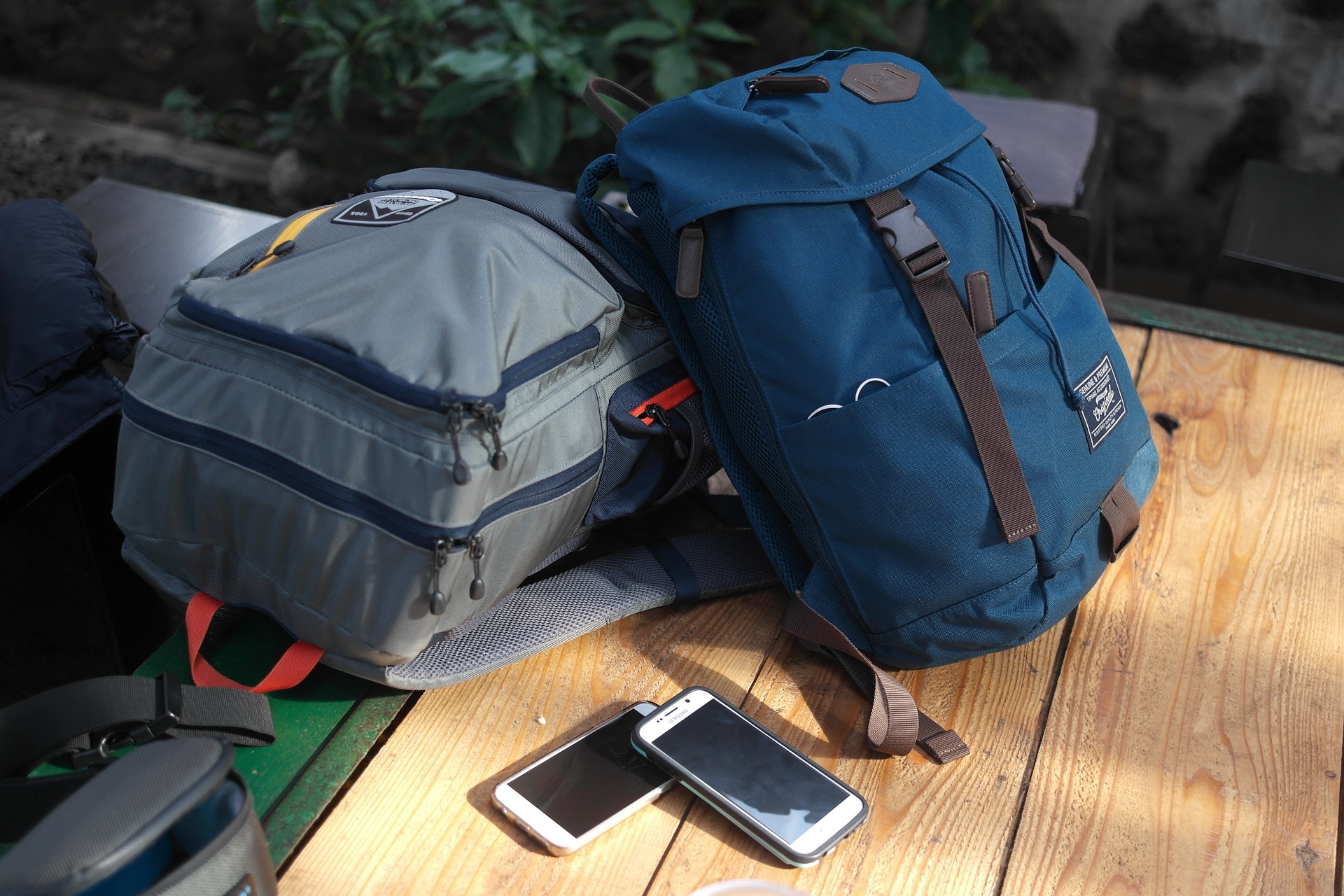An escape backpack, otherwise known as a Bug-Out Bag (BOB), is a package of necessary items that are worth having on hand in case of a sudden evacuation or emergency situation. The right choice of escape backpack can be crucial to your and your family’s survival and safety. In this article, you will learn what items should be in your escape backpack and how to prepare for the possible use of the backpack.
What is a Bug-Out Bag?
The escape backpack is a set of necessary items that allow you to survive in harsh conditions for a period of 72 hours[1]. A well-prepared escape backpack is not only a must-have in case of emergencies, but also a great tool for everyday use, as it contains items useful in various situations.
What items should be in an escape backpack?
Checklist:
- Water – at least 3 liters of water per person[2].
- Food – protein bars, canned food, wholegrain foods, nuts and dried fruit.
- Clothing – change of clothes, rain jacket, warm sweater, underwear, socks, hat, gloves.
- Fire – lighter, matches, magnesium flint.
- Tools – multi-purpose knife, penknife, flashlight, rescue blanket, signal whistle, compass, map of the area.
- Basic medical supplies – tourniquets, bandages, plasters, painkillers, antibiotics, pliers, scissors, clippers.
- Personal hygiene – soap, towel, wet wipes, toothbrush and toothpaste, toilet paper.
- Charging devices – power bank, charging cables, spare batteries.
- Documents – copy of ID card, passport, driving license, credit cards, important contacts, cash.
- Communication – telephone, two-way radio (walkie-talkie).
What to do when it’s time to use the Escape Backpack?
Checklist:
- Assess the situation – understand why you need to evacuate and what the risks are.
- Contact your family – set up a joint plan of action and a meeting point.
- Give information about your location – if possible, inform the emergency services or your loved ones about your location.
- Assess your needs and priorities – determine what is most important in a given situation (e.g. shelter, food, medication).
- Develop an action plan – think about which way to go and what means of transport are available.
- Be careful – avoid dangerous places and situations and be ready for changes of plans.
- Take care of your health – monitor your health and body condition, eat, drink and rest regularly.
- Stay connected – stay connected with family, friends and emergency services.
- Document your situation – keep a log of events so you can analyze your actions later.
Remember that the escape backpack is only a tool to help you survive in difficult situations. It is crucial that you yourself are properly prepared – acquire knowledge and skills that will help you deal with emergency situations. Regularly check the contents of your escape backpack and replenish any missing items. Be ready for all eventualities.
FAQ – Bug-Out Bag
The escape backpack allows you to protect yourself and your family in case of emergencies, such as evacuations, natural disasters or infrastructure failures. Preparing your escape pack in advance allows you to be ready to act quickly and minimize risk in emergency situations.
Yes, an escape backpack should be tailored to the individual needs of each person. It’s a good idea for each family member to have their own escape backpack, containing items necessary for their survival and comfort.
It is recommended to check the contents of the escape backpack at least once every six months. It is also worth updating the contents of the backpack in the event of a change of season or significant changes in your life (e.g. moving house, change in health).
When choosing an escape backpack, it is worth paying attention to its size, wearing comfort and durability of materials. The backpack should be large enough to accommodate all the necessary items, but at the same time it should not be too heavy or bulky. Choose a backpack with thick and durable material and comfortable shoulder straps.
Yes, storing an escape pack in your car can be a good option, especially if you travel frequently. However, remember that some items (e.g. food, medicines) can be damaged by extreme temperatures. It’s also a good idea to have an extra escape pack on hand at home.
Although the main purpose of an escape backpack is to prepare for emergencies, many of the items found in the backpack can be useful in everyday life as well. The escape backpack can be used as a travel, tool or first aid kit, depending on your needs.
Sources:
[1] Ready.gov. „Build a Kit.” https://www.ready.gov/kit
[2] Centers for Disease Control and Prevention. „Personal Preparedness for Older Adults & Their Caregivers.” https://www.cdc.gov/aging/pdf/disaster_planning_goal.pdf

